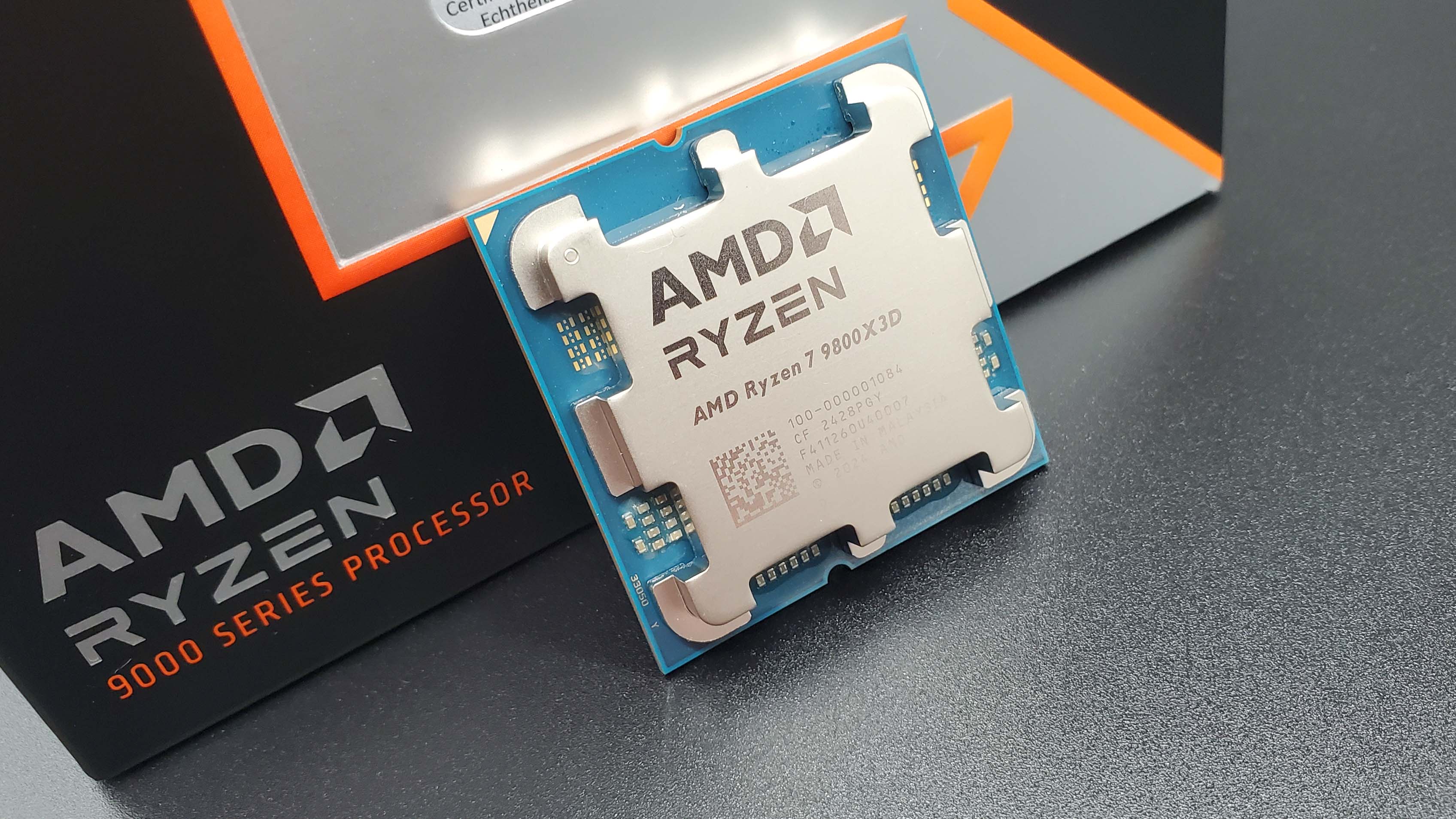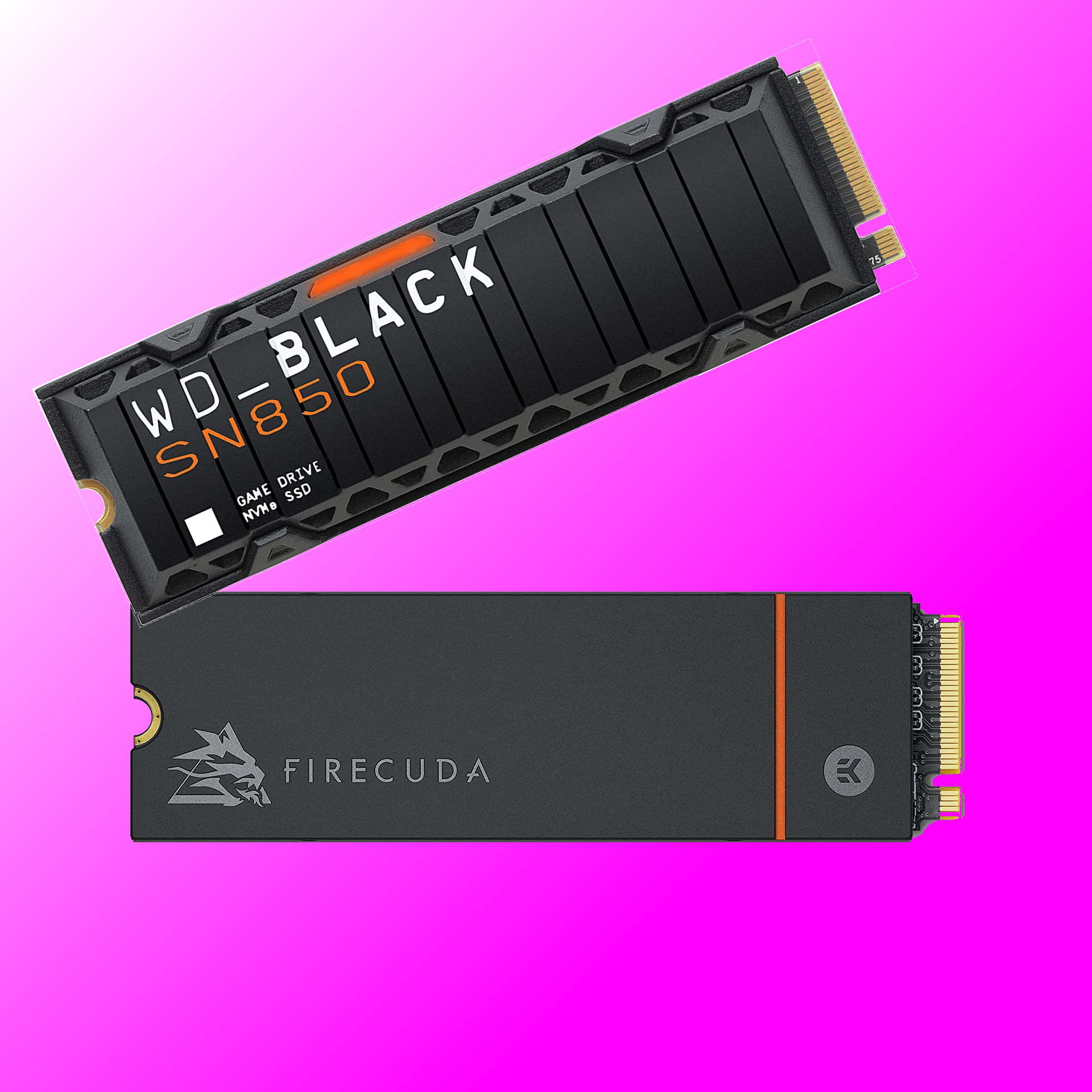
Near 50% higher frame rates AND cooler AND lower power. Ouch.
The new AMD Ryzen 7 9800X3D launches today, after a fanfare of review scores accompanied the full reveal yesterday, and with that the best gaming CPU is now out in the wild and available to anyone looking to build the ultimate gaming rig. And the final nail in the coffin of Intel’s brand new Arrow Lake CPU generation has been hammered into place, taking the one thing it had left—namely, gaming efficiency—and easily stealing it away.
Intel must be looking at the CPU market ashen-faced right now because when it comes to helping a GPU fling frames around a screen at a spectacular rate, its once seemingly unassailable lead in gaming performance has now completely evaporated. The practically all-TSMC-made latest Intel processors, code-named Arrow Lake, arrived only recently, putting their all into low-power, efficient running.
Unfortunately, that has come at the expense of practically everything. Sure, in some heavily multithreaded applications the Intel Core Ultra 9 285K and its impressive Efficient cores are doing some serious work, and delivering great benchmark numbers, but when it comes to gaming the chips are often well behind its previous generations of processors.
But they’ve been mightily, impressively efficient, and therefore very cool-running.
That was some consolation for the Intel-faithful (what few are left), especially after consistent generations of CPUs that relied almost exclusively on higher clock speeds and ever-higher power consumption to hit its performance numbers.
But here comes AMD saying “Hold my pint” while it rolls out the Ryzen 7 9800X3D with the highest gaming frame rates of any tested CPU of this generation, the lowest gaming power draw, and the lowest operating temps.
For our latest CPU benchmarking suite we’ve been using Baldur’s Gate 3 as our gaming temperature and efficiency benchmark; it scales really well with different processors and can really highlight a given chip’s high and low points. Within that test, the Ryzen 7 9800X3D delivers nearly 50% higher gaming frame rates alongside those lower temp and power draw numbers.
It was the last thing Intel had to offer gamers, a potential small form factor mini-beast of a CPU. But even that is now gone thanks to the new 3D V-Cache chip. Where does Intel go from here? Back to the CPU schematics board, I would guess.
Best SSD for gaming: The best speedy storage today.
Best NVMe SSD: Compact M.2 drives.
Best external hard drive: Huge capacities for less.
Best external SSD: Plug-in storage upgrades.







